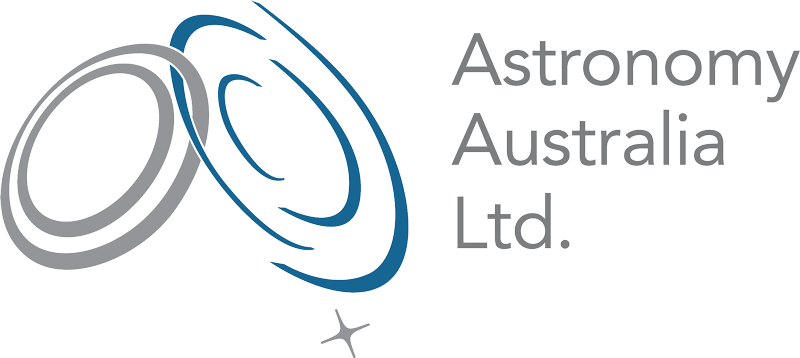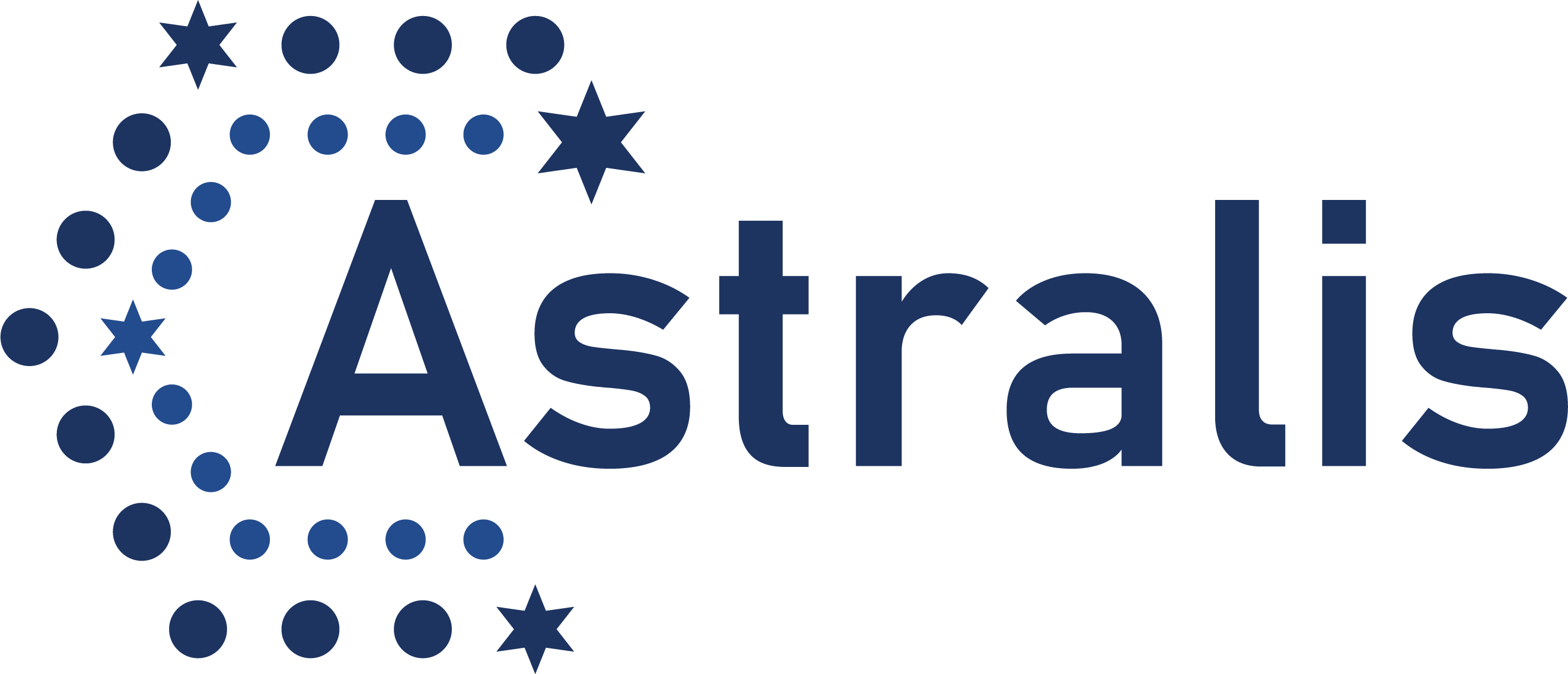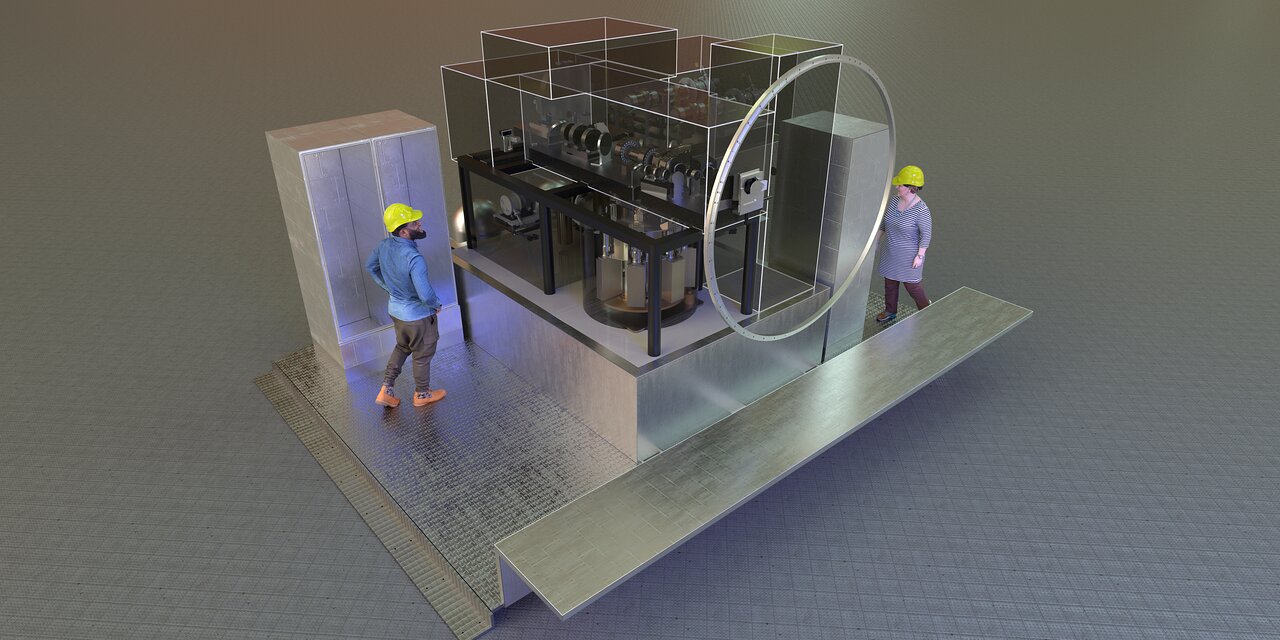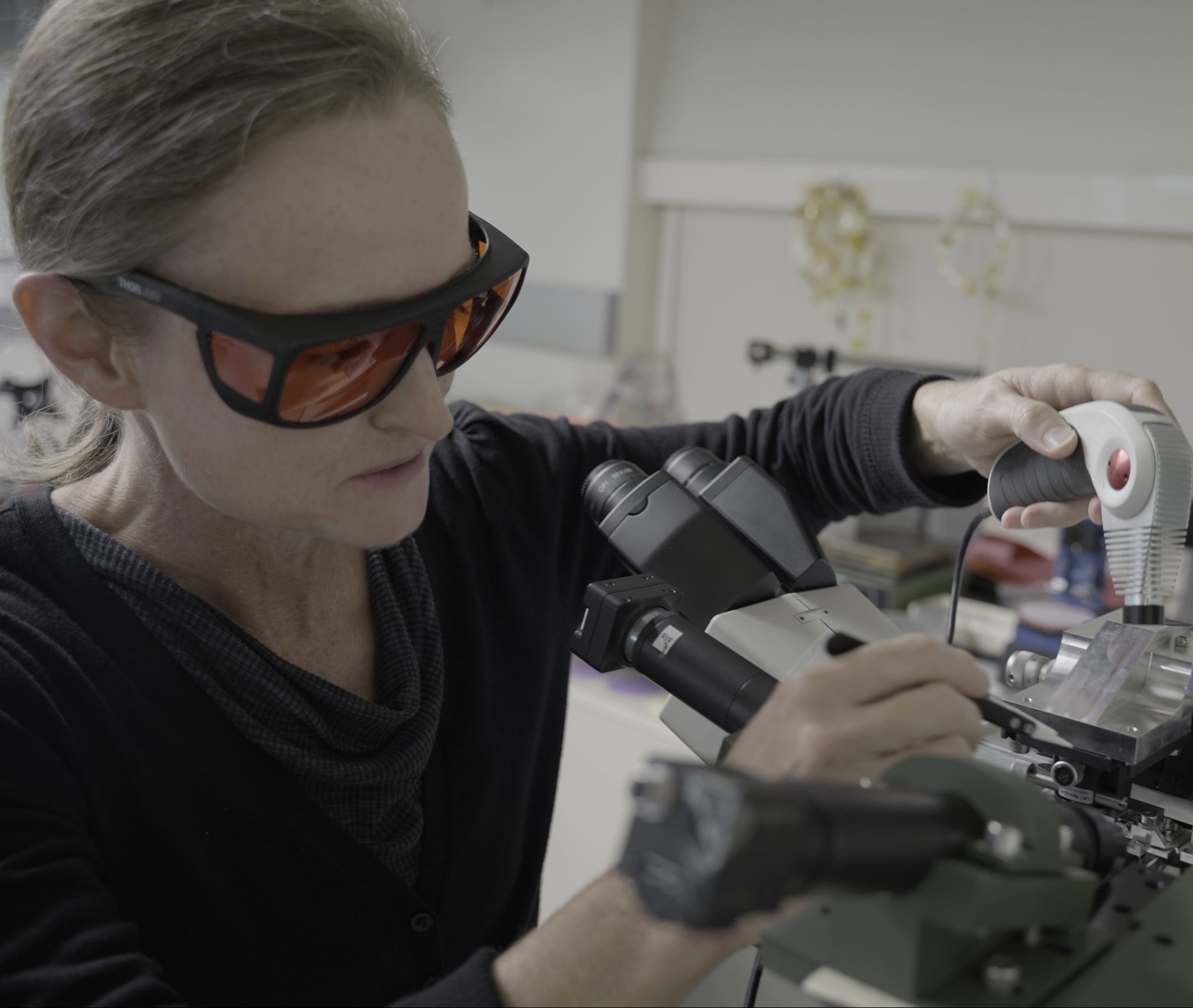Astralis Instrumentation Consortium
Capability Statement
Astralis Instrumentation Consortium (Astralis) is a combined team of astronomy experts across three major Australian universities: Macquarie University, the Australian National University (ANU) and the University of Sydney. Astralis has a long history of developing and building astronomical instrumentation, both collaboratively and separately at the individual nodes: Macquarie University’s (Astralis-AAO), ANU’s Advanced Instrumentation Technology Centre (Astralis-AITC) and the University of Sydney’s Sydney Astrophotonic Instrumentation Laboratory (SAIL). Astralis nodes have collectively delivered well over a hundred instruments and facility upgrades, and more than 60 design studies, for both national and international telescopes.
Summary of Capabilities
Today Astralis is a world-class facility for developing and testing astronomical instrumentation, small satellites and space payloads, high-speed laser communications, and advanced materials. Astralis has world-class expertise in almost all areas of ground-based optical astronomical instrumentation.
Specific areas of capability include (but are not limited to):
- Spectrographs and Imagers
Telescopes collect the light, but it is the instruments – spectrographs and imagers – that convert and record the collected light into a format useful for science. Spectrographs split the light into many different colours – allowing astronomers to understand the chemical composition of their targets. Imagers convert the light into a picture that astronomers can look at and study. Because world-class telescopes have unique designs, instruments often need to be custom made for an observatory to be successful and productive. Astralis has a long history of developing, designing and building advanced instrumentation for astronomy – see more on their extensive expertise here.
- Optical fibres and photonics technologies
Optical fibre and photonics technologies enable the control and manipulation of light. While optical fibre refers to the transmission of light pulses along a glass or plastic fibre, photonics describes the technology and/or science behind the generation, detection and processing of light. In astronomy, these technologies have been used to transport light between the telescope and an instrument, suppressing undesirable sources of light contamination at the same time. They have also been used to combine light, constructively or destructively. Light is known to behave as both a wave and a particle. When combining light waves constructively the result is a bigger light wave, while a destructive combination will result in a smaller or possibly flat light wave. Astralis engineers and scientists are at the cutting-edge of light control and manipulation using fibre optics and photonics technologies as applied to astronomy – see more here.
- Adaptive Optics
The turbulence in the Earth’s atmosphere causes a blurring of astronomical images when using ground-based telescopes. Adaptive optics systems measure the distortions caused by the atmosphere and correct the path of light in real-time using a special type of mirror. These mirrors are known as ‘deformable’ – meaning they can be very quickly reshaped to compensate for atmospheric disturbances. Adaptive optics can vastly improve the resolution for astronomical images captured using ground-based telescopes, meaning the pictures are sharp and clear – even to the point where they can start to compete with images taken from space-based telescopes like Hubble. Beyond astronomy, Astralis capabilities include reliable tracking of satellites and space debris as well as high-performance laser communications. Adaptive optics can also be employed to provide robust, high-speed, free-space laser communications for internet, defence and space science applications. Find out more here.
- Astronomy software
The nature of astronomy requires custom-built instrumentation and large amounts of computer data generated from observations. As a result, astronomy software solutions often need to be custom designed to handle, store and process very large amounts of information. Astralis software engineers have extensive experience in designing and developing optical and radio astronomy software and algorithms. Along with astronomical instrumentation and hardware control software, their software team specialises in middleware. Middlewear describes the software between an operating system and the applications that are running on it, with Astrlais providing a fast, distributed and stable platform for control applications and astronomical instrumentation user software. See here for more information on how Astralis manages big data for astronomers.
- Technical systems management
Large and complex engineering projects require that multiple components progress in step and integrate seamlessly. To ensure outstanding end-to-end service and coordination that will deliver scientific outcomes, Astralis employs technical systems management techniques that include astronomy instrument science, systems engineering and project management. The Astralis instrument science team is able to identify the key requirements and strong science cases for projects, while a close connection between the engineering and science staff ensures that the overall scientific goals of a project remain a key focus throughout. Find out more here.
Some recent examples from the consortium astronomical instrumentation program are listed below – the following instruments have all been designed and built for use on the European Southern Observatory (ESO):
- The Planetary Nebula Spectrograph.
- OzPoz, a fibre positioner – part of the FLAMES facility (Fibre Large Area Multi- Element Spectrograph)
- MAVIS, a multi-conjugate adaptive optics instrument for visible imaging and spectroscopy.
- AESOP, a fibre positioner for the 4MOST instrument on ESO’s VISTA telescope.
Astralis also designs and builds instruments for other telescopes, including the future Giant Magellan Telescope – currently under construction in Chile – and Australia’s Anglo-Australian Telescope (AAT):
- MANIFEST, a fibre positioner for the future Giant Magellan Telescope.
- The GMTIFS Near IR Integral Field Spectrograph for the Giant Magellan Telescope.
- Hector, a new integral-field spectrograph for the AAT. See here for AAL’s industry engagement case study on Astralis’s collaboration with Hacko Watchmakers.





